Home › Q&A
Reverse Chord Finder Can't Help, Maybe You Can
Question by Eric Simonson
(Sun City, California)
I've been messing around with a chord and want to know a corresponding scale and some other chords to go along with it - D F# G D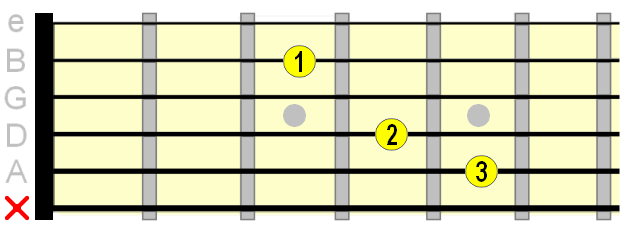
I tried just using Dadd9 with it and some D major scales, but I'm having to filter out some notes.
Suggestions
Hey Eric. That's a nice chord and one that can be used in many contexts.Key and Chord Progression Ideas
After playing around with some ideas I'm gravitating towards two relative key centres...
G major and E minor.
To my ears, your D major chord sounds best when occupying the V (5) chord position in a G major progression...
V , IV , I = Dmaj , Cmaj , Gmaj
I , V , IV = Gmaj , Dmaj , Cmaj
I , vi , IV , V = Gmaj , Em , Cmaj , Dmaj
I , IV , ii = Gmaj , Dmaj , Am
Or in a minor key, your D major chord could occupy the VII position...
VII , i , VI , vi - Dmaj , Em , Cmaj , Am
i , VI , VII - Em , Cmaj , Dmaj
VI , VII , i , IV - Cmaj , Dmaj , Em , A7
Try substituting chords in these progressions to major, dominant 7th and add9 variations. It's the natural relationship between these chord positions/degrees that will put that D major chord into context.
Chord Voicing Ideas
Now for some chord voicing ideas...
Because your D major chord is in an open position (i.e. it uses open strings as part of the chord shape), it's nice to keep that vibrant open sound throughout the progression.
Obviously, C major and G major can be played open, but try some variations on these.
For example, a variation on C major...
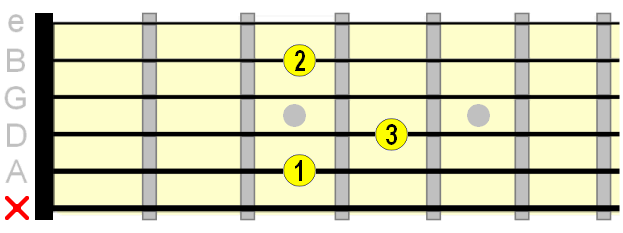
G major...
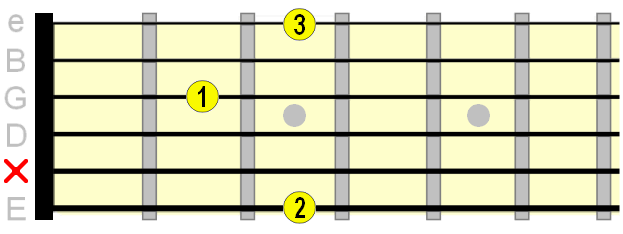
A minor...
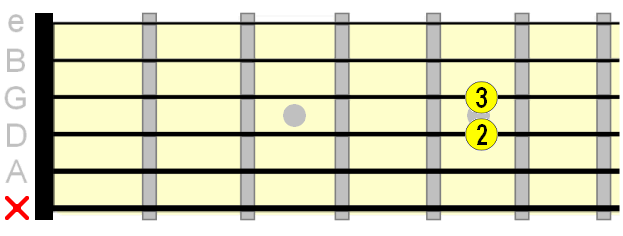
You could also turn that D major into a D7 in the same position...
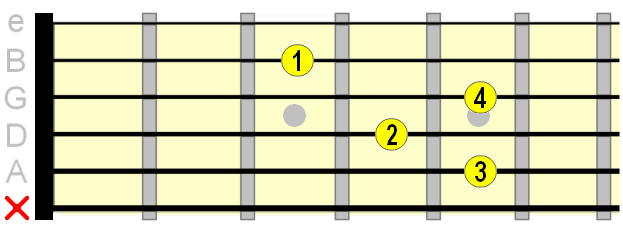
And for the E minor key, we could move up from D major to a rather floaty Emadd9 voicing...
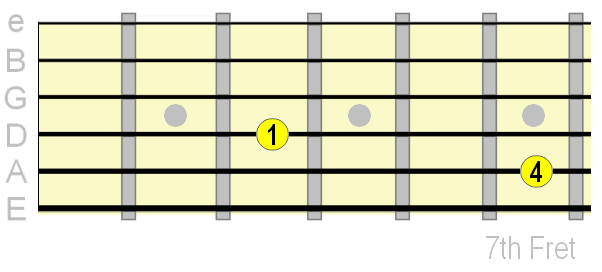
So try adding and changing notes to open chord shapes you know and see if you can create some more interesting voicings.
Try adding in chords around the positions above. You can use the natural degrees - I ii iii IV V vi (in this example Gmaj, Am, Bm, Cmaj, Dmaj, Em) - as the scaffolding for your experimentation.
As you've discovered, reverse chord finders and even most chord charts will only take you so far. You need to keep playing around with trial and error to find the expression you want.
If you haven't already, subscribe for updates because I'm currently giving away a free chord book, Uncommon Chords, which will be right up your street if you're looking for these types of chord ideas.
Scale Ideas
If you're playing in a G major key, try G major pentatonic or G major/Ionian.
For an E minor key, try E minor pentatonic or E natural minor.
However, if you want to isolate that D major chord and play it outside the context of a G major or E minor key centre, the D major scale would also work well, because all the tones of that scale are in the chord.
So there are two ways you can apply scales - play the major or minor scale of the related tonic chord or play a scale on the root of the chord in question.
Filter out notes if you need to, but also look for replacement notes! As long as the chord tones are being expressed in the scale, you can often add "passing notes" as part of your melody and it will still sound good.
I hope this has helped spark a few ideas.
If anyone has any more ideas, let us know! Use the comments link below...
Share Your Comments
|
||
|
||
|
||
|
||
|
||